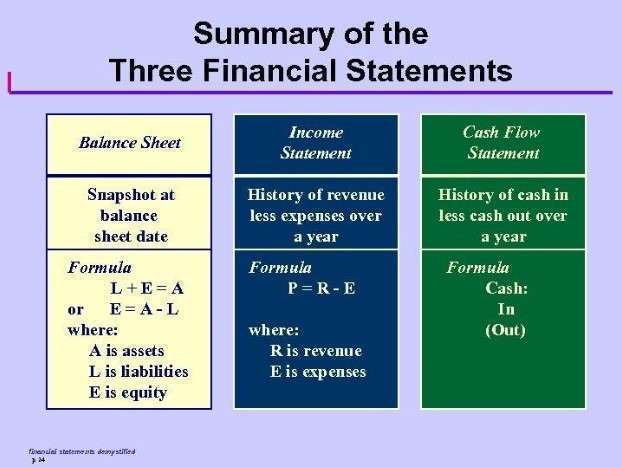
These updates are critical for businesses to review for compliance and tax optimization. Lawmakers need to recognize the damage caused by growing income inequality and enact policies that lift up all Oregonians, not just the richest. One way to do so is to not wait to tax capital gains – the profits from the sale of stocks, bonds, and other assets. Under current law, workers see their income taxed on a regular basis, while holders of capital assets don’t pay taxes on their gains until they sell.
Property Taxes by State and County, 2025
As mentioned above, these are pre-tax contributions, so not only do they help you save for the future, they also save you money on your taxes now. The Revenue Division may also begin collection activity for the balance due for your account. To request a filing extension, you must submit an extension payment by the original return due date for an automatic six-month filing extension. Extension payments may be made online or by mail using a payment voucher.
The corporate income tax has weakened, despite strong corporate profits
- This can help you understand what tax bracket you fall in and what to expect when filing.
- Revenue from the property tax typically goes to support local services such as schools and law enforcement.
- Oregon’s maximum marginal income tax rate is the 1st highest in the United States, ranking directly below Oregon’s %.
- Oregon levies a progressive state income tax system with one of the highest top rates in the U.S., at 9.90%.
- Right now, the Oregon legislature is considering Senate Bill 1 that would add an optional form to Oregon’s personal income taxes, allowing people to select up to three racial and ethnic identifiers from nearly 40 definitions.
- Most properties are taxed by a number of districts, such as a city, county, school district, community college, fire district or port.
While the top marginal rate remains at 9.9%, the income thresholds for each bracket have shifted slightly to prevent “bracket creep,” where inflation results in higher tax liabilities without actual income growth. In Oregon, different tax brackets are applicable to different filing types. Married couples filing their Oregon income tax return jointly will usually have wider tax brackets than those filing separately or as an individual. The Income tax rates and personal allowances in Oregon are updated annually with new tax tables published for Resident and Non-resident taxpayers. The Tax tables below include the tax rates, thresholds and allowances Keep Records for Small Business included in the Oregon Tax Calculator 2020.
How Oregon residency impacts tax filing
This allows the wealthy to avoid taxes for years, and sometimes forever. We’ve built a platform to give everyone access to the tax and wealth-building tools typically reserved for wealthy individuals with a team of accountants and lawyers. We make it simple and seamless ledger account for our customers to take advantage of these hard-to-access tax-advantaged structures. With Valur, you can build your wealth more efficiently at less than half the cost of competitors. You can also compare the quantitative returns and tax savings of these different strategies using our ordinary income tax savings calculator and customize it to your own situation.

If you do not have an estimated tax balance due but would like to request an extension to file, your federal or state extension will serve as your Metro SHS and/or your Multnomah County PFA Personal Income Tax extension. Check the “Extension Filed” box when you file your personal income tax return(s) and attach a copy of your federal extension or verification of your Oregon extension payment with your return. These bracket adjustments intersect with deductions and credits, which can influence a taxpayer’s net liability. For example, credits for dependents or education expenses can reduce taxable income, potentially placing taxpayers in lower brackets. Understanding one’s position within these brackets is essential for effective tax planning, such as making retirement contributions or charitable donations to maximize tax benefits. The Tax tables below include the tax rates, thresholds and allowances included in the Oregon Tax Calculator 2019.
Common Mistakes in Tax Filings
Beyond federal income taxes, your employer will also withhold Social Security and Medicare taxes from each of your paychecks. Social Security tax is withheld at 6.2% and Medicare tax at 1.45% of your wages. Your employer then matches those amounts, so the total contribution is double what you paid. If you earn wages in excess of $200,000 as a single filer, head of household or qualifying widow(er), these wages are subject to a 0.9% Medicare surtax.

If you receive a U.S. government pension for service before October 1991, you may be entitled tosubtract all or part of that pension on your oregon state income tax Oregon return. Oregondoesn’t tax Social Security or Railroad Retirement Board benefits. Another way you can alter your paycheck is to change your contributions to employer-sponsored retirement or medical expense accounts.
- The proposed changes to federal tax code conformity in Oregon are a good example of a change that could significantly reshape the state’s tax code in the future, despite being framed as temporary technical adjustments.
- Each marginal rate only applies to earnings within the applicable marginal tax bracket.
- Residents of Portland should also factor in the city’s $35 arts tax, which applies to many adult residents.
- Oregon’s state income tax brackets range from 4.75% to 9.9%, depending on your income and filing status.
- If approved for the program, you will borrow money from the State of Oregon to pay your county property taxes.
- Oregon had about 75,000 taxpayers in the state’s top income tax bracket in 2020, according to state data, triple the number in 2010.
That means capital gains can be taxed at a rate as high as 9.9%, depending on your total income. The Tax tables below include the tax rates, thresholds and allowances included in the Oregon Tax Calculator 2024. The corporate excise and income tax is the second largest source of state tax revenue. This is expected to account for 11% of the state’s General Fund for the 2023–25 biennium.
